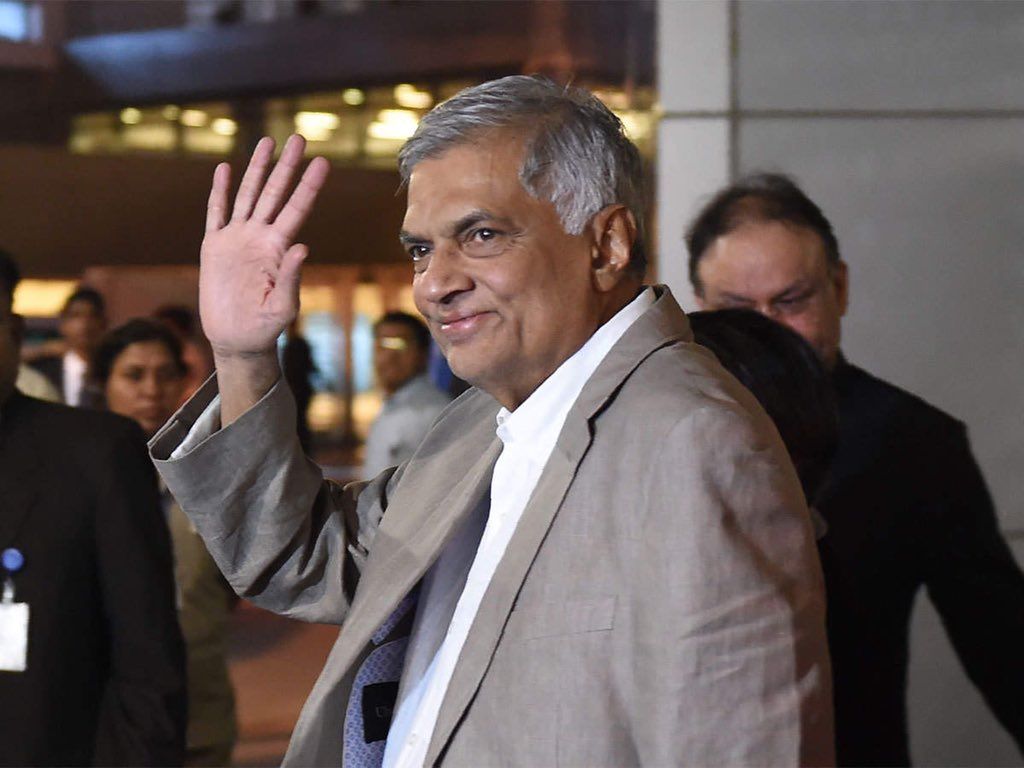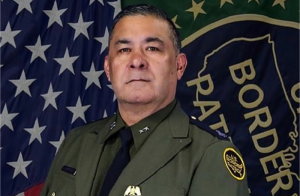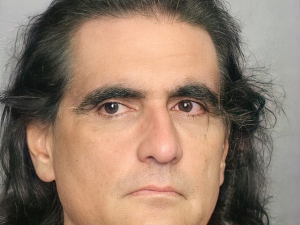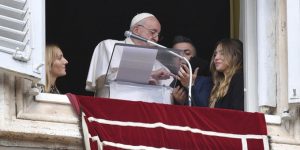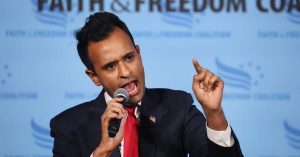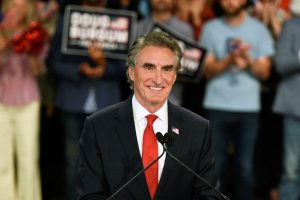Following intensified protests and demonstrations due to the economic crisis in Sri Lanka, Ranil Wickremesinghe resigned as the country’s Prime Minister on Saturday. Rising inflation has caused rolling blackouts, shortage of goods, medicines, and fuel, and angry citizens have taken to the streets, many of whom are blaming the Rajapaksa family and their government.
Also Read: Prez flees protestors, PM resigns: Complete timeline of Sri Lanka crisis
Following months of economic collapse and public turmoil that culminated in the invasion of the presidential palace by anti-government protesters, party leaders in Sri Lanka reportedly demanded Rajapaksa and Wickremesinghe resign in a meeting presided over by the Parliament Speaker.
According to a statement from the Prime Minister’s Office (PMO), Wickremesinghe made the choice since fuel distribution will resume and the debt sustainability study for the International Monetary Fund was about to be completed.
Also Read: Crisis-hit Sri Lanka lifts curfew order after backlash
It was the fourth tenure for the outgoing PM as the island nation’s premier. Here is a look at all his tenures as PM of Sri Lanka:
1. First Tenure (1993-1994):
After President Ranasinghe Premadasa was slain by the LTTE, Wickremesinghe was sworn in as prime minister on May 7, 1993. He was widely supported by the business community and is credited with driving the nation through an amazing economic turnaround during his administration. However, his first term was short lived and the People’s Alliance (PA) coalition led by Chandrika Kumaratunga took control of the office after the 1994 parliamentary elections.
Also Read: Rise in Sri Lanka’s economic crisis should be warning to us all: United Nations
2. Second Tenure (2001-2004):
Ranil Wickremesinghe’s United National Front (UNF) won 109 seats in the 2001 general election for the parliamentary body, whereas PA only managed to secure 77 seats. As a result, he was able to establish a new UNF government and take the oath and become the 17th Prime Minister of Sri Lanka on December 9, 2001. However, Chandrika Kumaratunga continued to hold the office of President of the country. The fact that the President and Prime Minister represented two opposing parties resulted in a perplexing situation.
The tense alliance between President Chandrika Kumaratunga and Prime Minister Ranil Wickremesinghe, came to an end after a few days when the LTTE proposed the Interim Self Governing Authority (ISGA). The President went on to fire three cabinet ministers and assumed control of the ministries using her constitutional authority.
She also asserted to the public that this choice was made to protect national security in her speech. In order to fight Ranil Wickremesinghe’s administration, which they perceived as a danger to national sovereignty, Janatha Vimukthi Peramuna also made the decision to join forces with PA.
As a result, President Chandrika Kumaratunga dissolved the legislature on February 7, 2004, putting an end to Ranil Wickremesinghe’s administration.
Also Read: Talks with IMF difficult due to bankruptcy: Sri Lankan PM Ranil Wickremesinghe
3. Third Tenure (2015-2019):
With 106 seats in the 225-member Sri Lankan Parliament and forming the government (though falling short of seven seats to secure the simple majority of the Parliament), Wickremesinghe’s UNP/UNFGG party won the general parliamentary elections held on August 17, 2015, ousting UPFA leader and former President Mahinda Rajapaksa in his bid to resume his position as PM following his election loss for the President’s role.
Ranil Wickramasinghe’s United National Party was shockingly defeated in the 2018 local authority elections. Out of a total of 340 councils, his party could only win 34. Some UNP MPs and party members requested Ranil Wickramasinghe to step down as party leader and PM following the party’s election defeat.
As the United People’s Freedom Alliance withdrew from the unity government, President Maithripala Sirisena named Mahinda Rajapaksa as the new PM on October 26. Ranil Wickremesinghe was likewise informed that his position had been terminated.
According to Wickremesinghe, he refused to accept the dismissal on the grounds that it was against the law, which led to a constitutional crisis. Rajapaksa resigned in response to decisions made by the Supreme Court and the Appeal Court, and Wickremesinghe was reinstated as the PM on December 16, 2018.
Also Read: Crisis-hit Sri Lanka likely to get 2 shipments of fuel in July, 1 in August
4. Fourth Tenure ( May 2022- July 2022):
Political and societal instability became the norm as the result of the nation’s hyperinflation and sovereign default by May 2022. President Gotabaya Rajapaksa appointed Wickremesinghe as PM on May 12, 2022, after circumstances caused Mahinda Rajapaksa to quit on May 9 due to protests.
While other parties originally declined to join his cabinet, he was given the assurance that the Sri Lanka Podujana Peramuna members of parliament would back him.
As demonstrators surrounded the President’s home on July 9, the PM’s office declared that Wickremesinghe was prepared to step down in order to pave room for an all-party administration.

